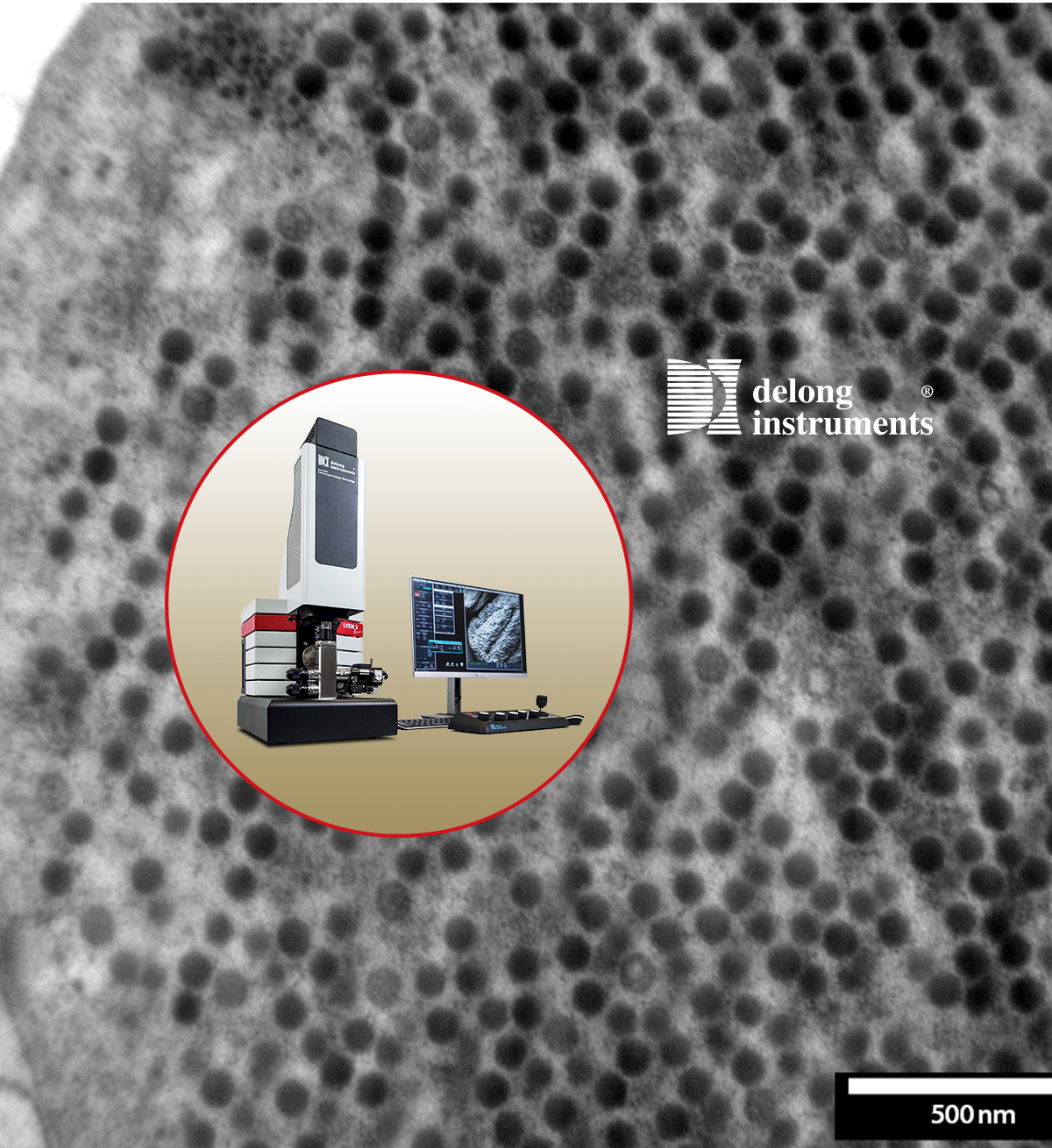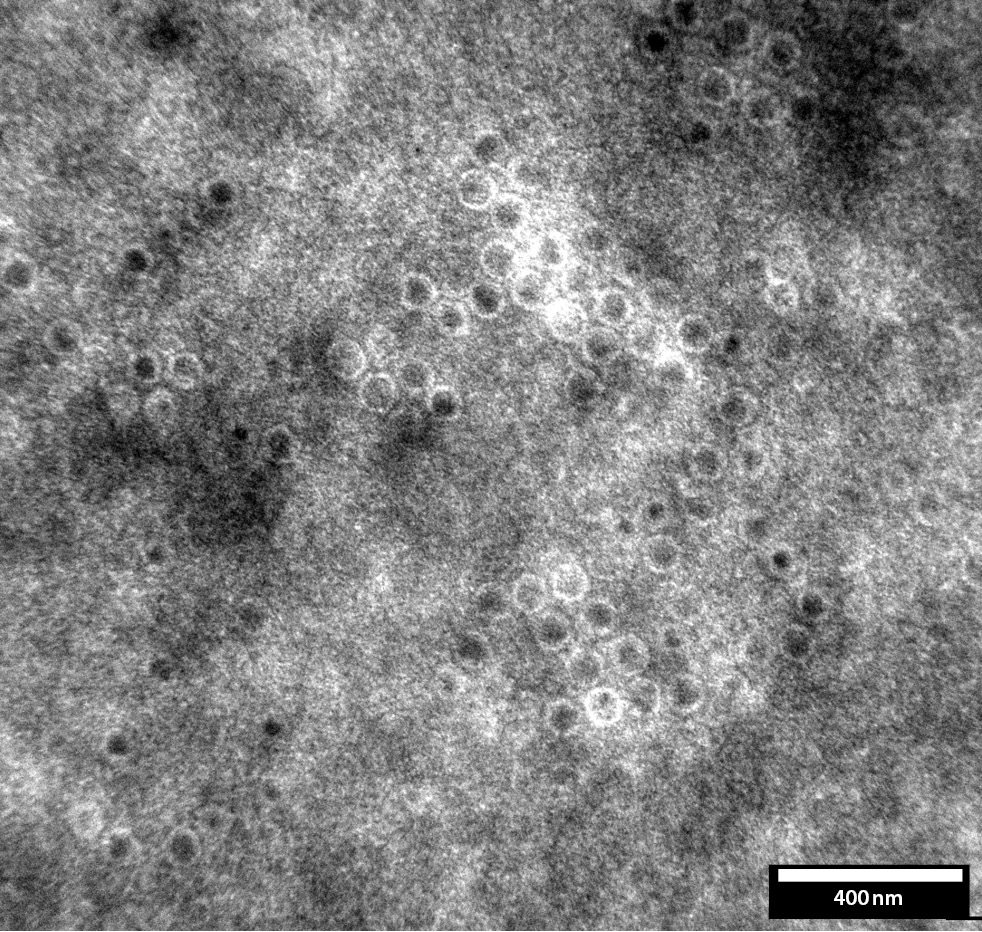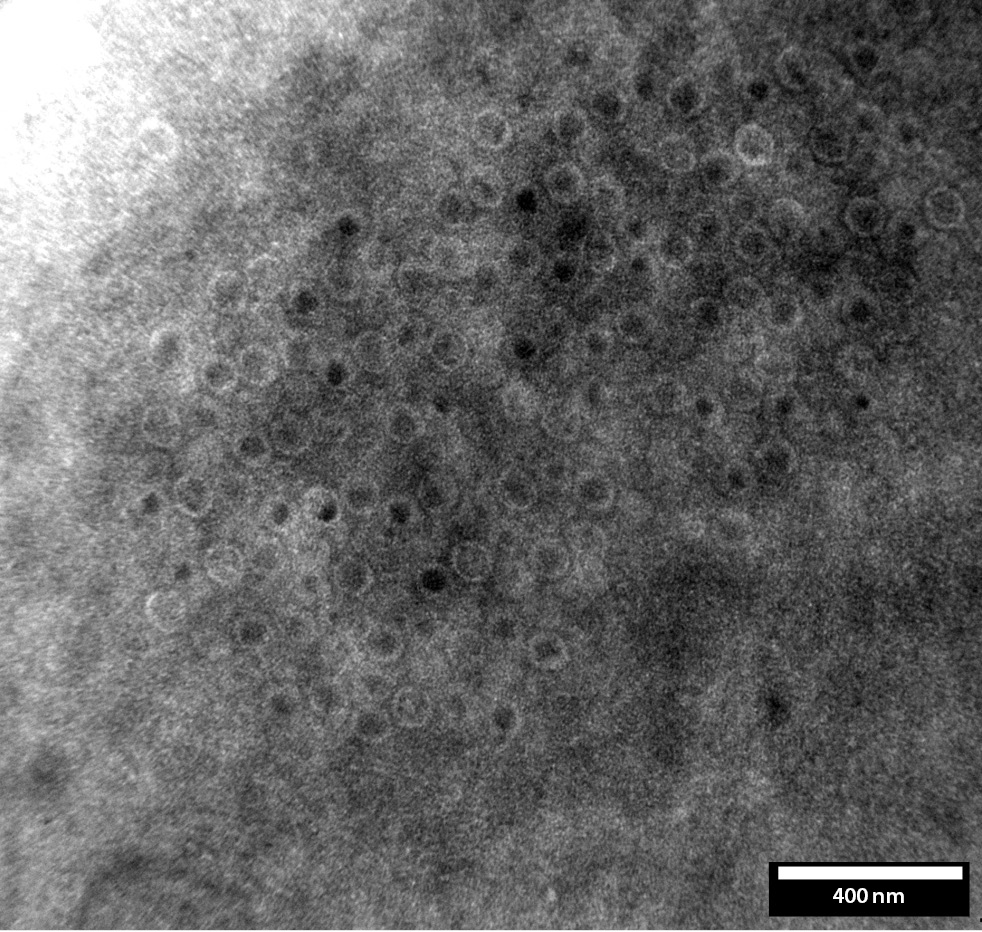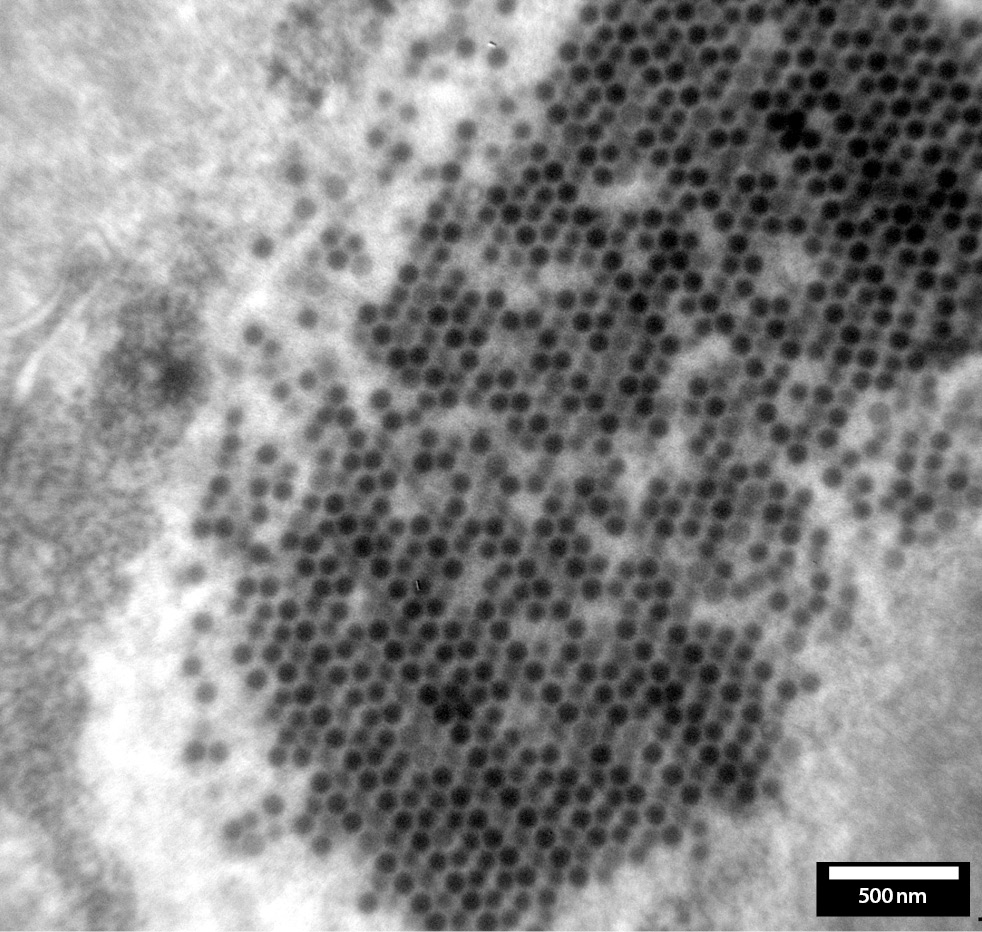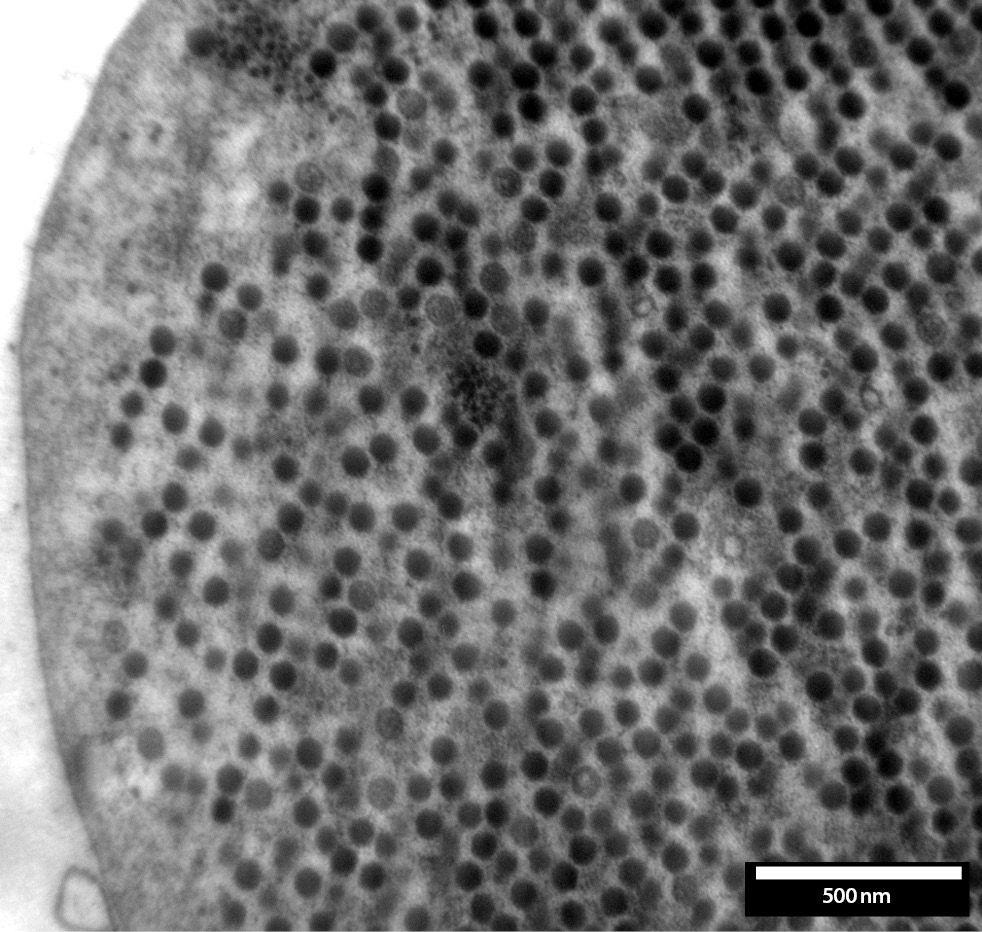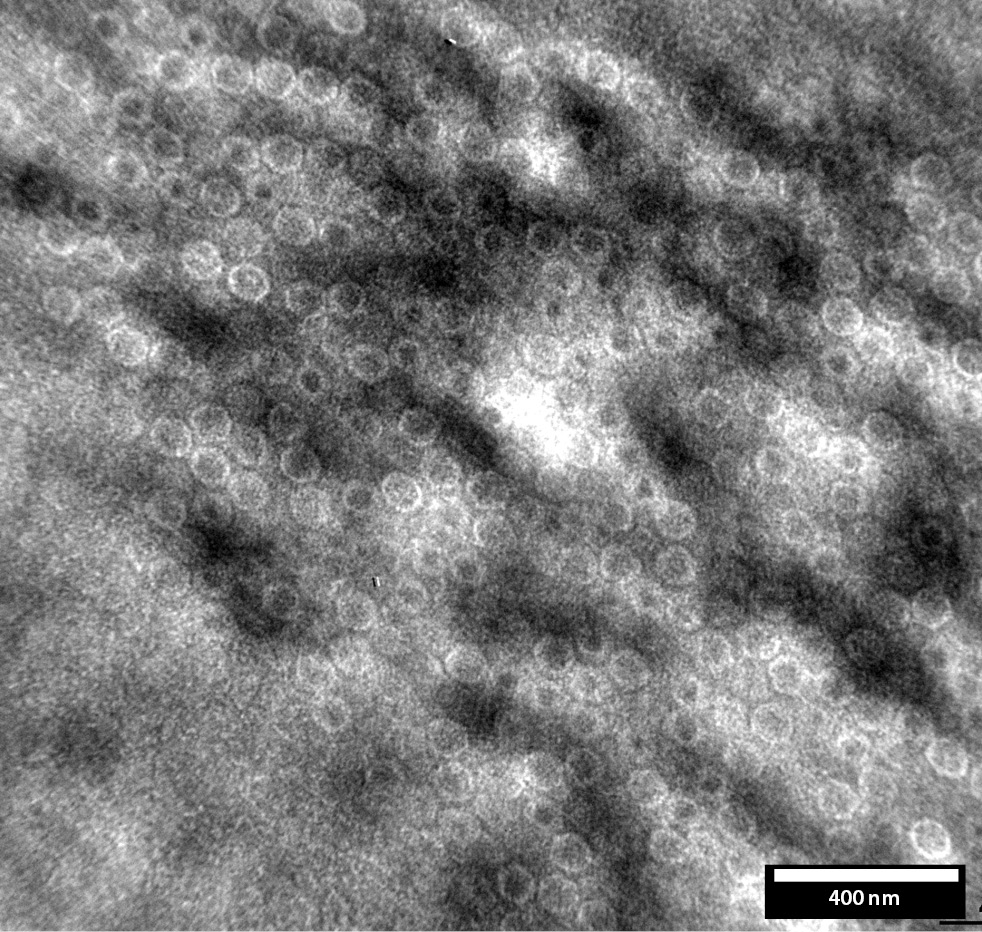Exploring cell biology with transmission electron microscopy (TEM)
A better understanding of cell organisation and function
The basics of transmission electron microscopy
Transmission electron microscopy is a powerful imaging technique that uses an electron beam instead of light to image biological samples. In a TEM setup, an electron beam passes through an ultrathin section of a sample and interacts with the sample. The electrons that pass through the sample are collected on the other side and converted into an image that shows the internal structures of cells in unprecedented detail.
To achieve optimal results, biological samples must be carefully prepared. Typically, samples are fixed, dehydrated and embedded in a resin matrix to obtain ultra-thin sections (about 50-100 nanometres) that can be easily penetrated by the electron beam.
TEM applications in cell biology
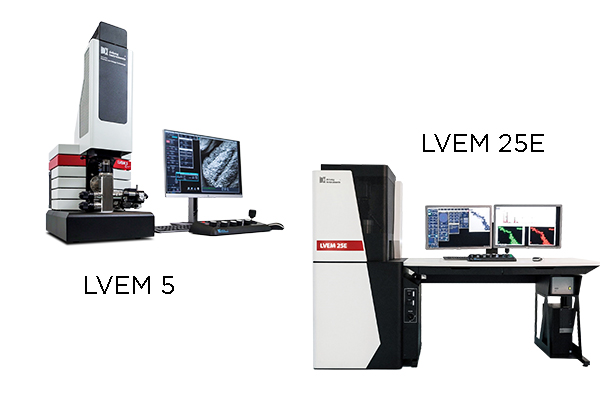
TEM has made a significant contribution to the understanding of cell anatomy, physiology and pathology. Its applications are many and varied, spanning disciplines as diverse as cell biology, microbiology, immunology and neuroscience.
With the Delong low-voltage TEMs, we offer two instruments with excellent cell biology analysis capabilities.
TEM: Adenovirus, Ultrathin stained section, A cell infected by adenovirus
TEM in cell biology - what applications are you interested in?
Ultrastructural analysis of organelles
Want to gain insight into the morphology and function of organelles and their interactions in the cell?
Membrane studies
Want to understand how cells communicate, transport molecules and interact with their environment?
Cell dynamics
Want to learn about the mechanisms of cell division, nutrient uptake and waste disposal?
Pathogen interactions
Do you want to understand the molecular mechanisms of infection and identify potential targets for therapeutic intervention?
Nanoparticle research
Do you want to study the interactions of nanoparticles with cells and evaluate their safety and potential biomedical applications?
Further TEM applications in cell biology
What challenges do you face?
TEM will continue to be at the forefront of cell biology research
Transmission electron microscopy has become an indispensable tool for cell biologists, allowing them to explore the complex world of cells in unprecedented detail. Its applications are many and its contribution to understanding cellular structures and processes is invaluable. As the technology evolves, TEM will continue to be at the forefront of cell biology research, unravelling the secrets of life at the microscopic level to enable groundbreaking discoveries in the future.

